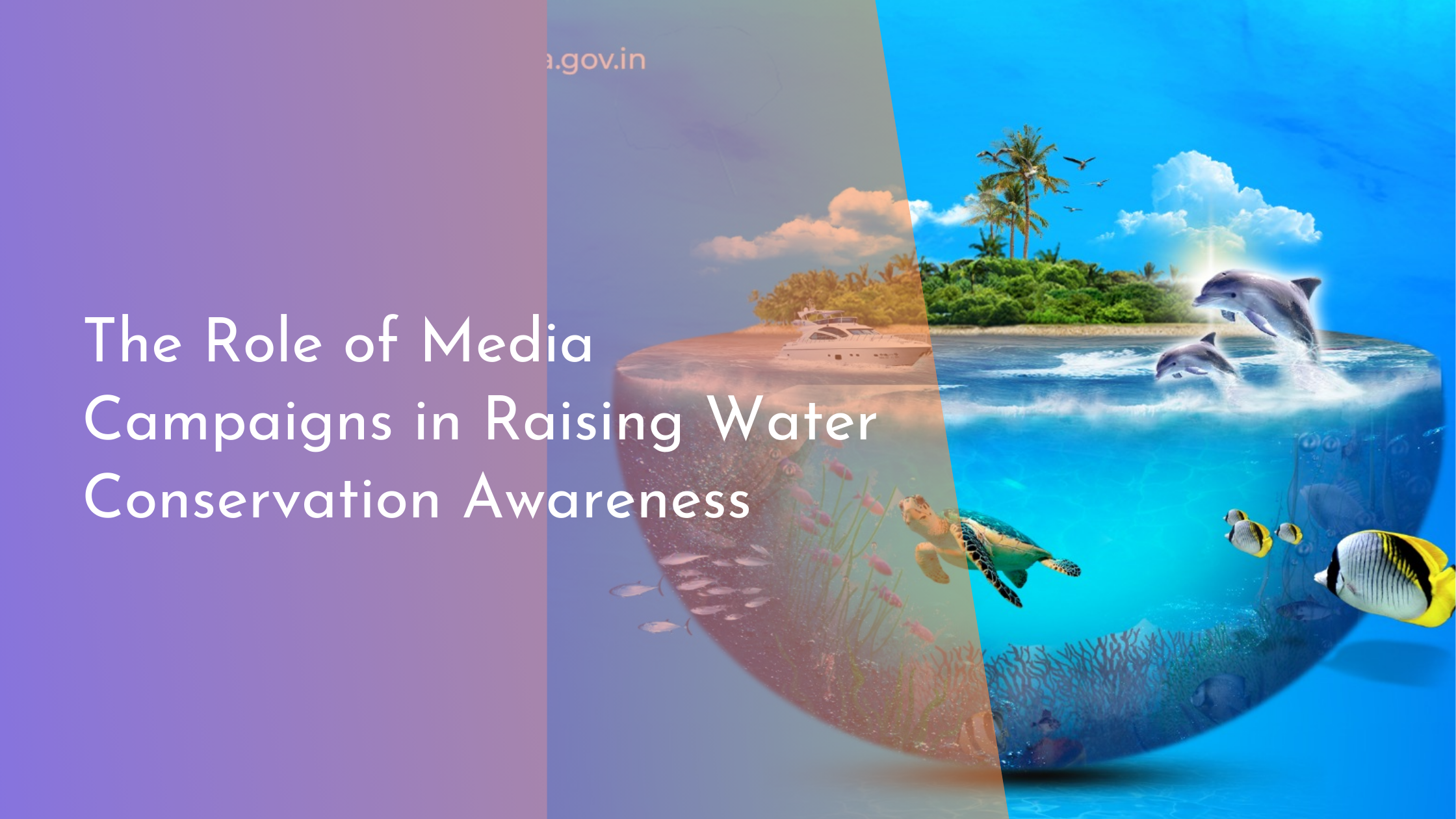The Role of Media Campaigns in Raising Water Conservation Awareness
Water conservation has emerged as a critical issue in the face of increasing global water scarcity and environmental challenges. Media campaigns play a significant role in spreading awareness and engaging communities in the practice of conserving water. By leveraging the power of diverse media channels, these campaigns inspire action and foster a culture of sustainable water use. This article explores the pivotal role media campaigns play in raising water conservation awareness, focusing on the challenges they address, the strategies employed for successful campaigns, and real-world examples of impactful media outreach.
Understanding Water Conservation Challenges
Water conservation challenges are numerous and complex, stemming from a combination of natural and human-made factors. With growing populations and expanding urban areas, the demand for water continues to rise, placing immense pressure on existing water supplies. Climate change further exacerbates the situation by altering precipitation patterns and increasing the frequency of droughts, leading to severe water shortages. These challenges necessitate a comprehensive approach to conservation, where media campaigns can effectively communicate the urgency of the situation to the public.
Public perception and awareness are crucial components in addressing water conservation challenges. Many individuals remain unaware of the direct impact their actions have on water resources. Media campaigns can bridge this knowledge gap by educating audiences on the importance of water conservation and the simple steps they can take to reduce water usage. By highlighting the interconnectedness of water resources with ecosystems, agriculture, and daily life, these campaigns can shift public attitudes and behaviors toward more sustainable practices.
Strategies in Media Campaign Development
Developing an effective media campaign for water conservation involves a strategic blend of creativity and research. Campaigns must start with a thorough understanding of the target audience, analyzing their demographics, values, and preferred media channels. With this insight, campaigns can craft messages that resonate on a personal level, making conservation efforts relatable and actionable. Storytelling is a key strategy, as narratives that evoke emotion and personal connection tend to have a lasting impact on audiences.
Another vital strategy is utilizing a multi-channel approach to maximize reach and engagement. Traditional media, such as television and radio, can be combined with digital platforms like social media, websites, and apps to reach a broader audience. Interactive content, such as videos, infographics, and games, can further enhance engagement by encouraging active participation. Additionally, collaborating with influencers and local community leaders can amplify the message, lending credibility and relatability to the campaign’s goals.
Successful Case Studies in Media Outreach
One notable example of a successful media campaign is California’s “Save Our Water” initiative. Launched during a severe drought, the campaign utilized television, radio, and social media to raise public awareness about the importance of water conservation. By presenting relatable tips and success stories, the campaign encouraged residents to adopt water-saving practices, contributing to a significant reduction in statewide water usage. The initiative’s widespread visibility and relatable messaging underscore the effectiveness of media campaigns in driving behavioral change.
Australia’s “Target 140” campaign also stands out as a successful case study. Faced with a water crisis, the city of Brisbane launched this campaign to encourage residents to limit their daily water use to 140 liters per person. The campaign’s success was largely due to its clear and achievable goals, engaging content, and transparent progress tracking. Through regular updates and community involvement, residents were motivated to work towards the target, ultimately leading to a 22% reduction in water use during the campaign period.
Conclusion: Embracing a Water-Smart Future
Media campaigns hold immense potential for transforming public perception and behaviors around water conservation. By addressing challenges, employing strategic messaging, and drawing from successful case studies, these campaigns can inspire a collective movement towards sustainable water use. As individuals and communities become more aware of their role in water conservation, they contribute to preserving this precious resource for future generations. Embracing a water-smart future requires continued innovation and collaboration across media platforms, ensuring that the message of conservation remains relevant and compelling in the years to come.


